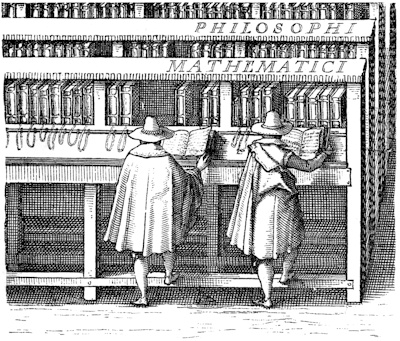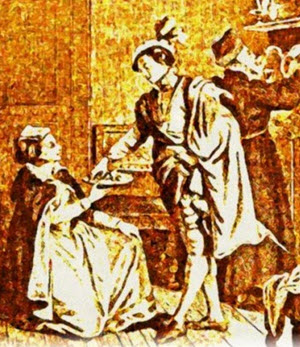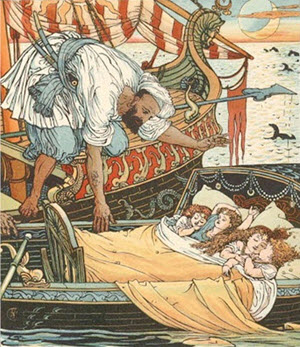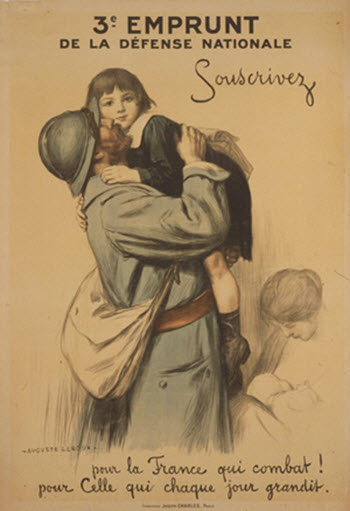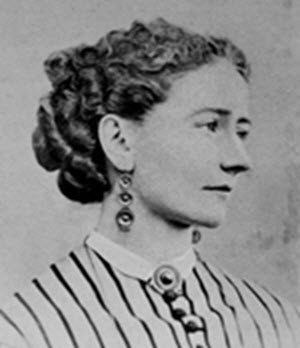Medieval Libraries and Manuscripts
Bookcase in the Codex Amiatinus: from Garrucci, "Storia dell' arte Cristiana," iii. pl. 126.
To get an idea of one of the larger Roman libraries in ancient times we cannot do better than turn to that of the Vatican at the present day. It was fitted up as we see it now—with presses, busts, and antique vases, by Pope Sixtus V., in 1588. It is therefore, at best, only a modern antique; but arranged so skilfully that an ancient Roman, if he could come to life again, might imagine himself in his own library.
Interior of part of the Vatican Library.
The library-era, as we may call it, of the Christian world, began with the publication of the Rule of S. Benedict, early in the sixth century. But, just as that Rule emphasized and arranged on the lines of an ordered system observances which had long been practised by isolated congregations or individuals living in solitude—so the part of it which deals with study was evidently no new thing. S. Benedict did not invent literature or libraries; he only lent the sanction of his name to the study of the one and the formation of the other. That libraries existed before his period is proved by allusions to them in the Fathers and other early writers; but, as those allusions are general, and say nothing from which either their size or their arrangement can be inferred, I shall dismiss them in very few sentences. The earliest is said to have been the collection got together at Jerusalem, by Bishop Alexander, at the beginning of the third century. Another was founded about fifty years later at Cæsarea by Origen.[Pg 13] This is described as not only extensive, but remarkable for the importance of the manuscripts it contained. Others are recorded at Hippo, at Cirta, at Constantinople, and at Rome, where both S. Peter's and the Lateran had their special collections of books. I suspect that all these libraries were in connexion with churches, possibly actually within their walls. At Cirta, for example, it is recorded that during the persecution of 303-304 the officers "went to the church where the Christians used to assemble, and spoiled it of chalices, lamps, etc., but when they came into the library (bibliothecam), the presses (armaria) there were found empty." This language seems to imply that the sacred vessels and the books were in different parts of the same building. The instructions, again, of the dying Augustine, who bequeathed his library to the church at Hippo, lead to the same conclusion. The library of S. Peter's at Rome, though added to the basilica erected by Constantine, long after its primitive foundation, was[Pg 14] on the ground-floor in the angle between the nave and the north limb of the transept, a position which may perhaps have been selected in accordance with early usage.
Next: Libraries in Churches